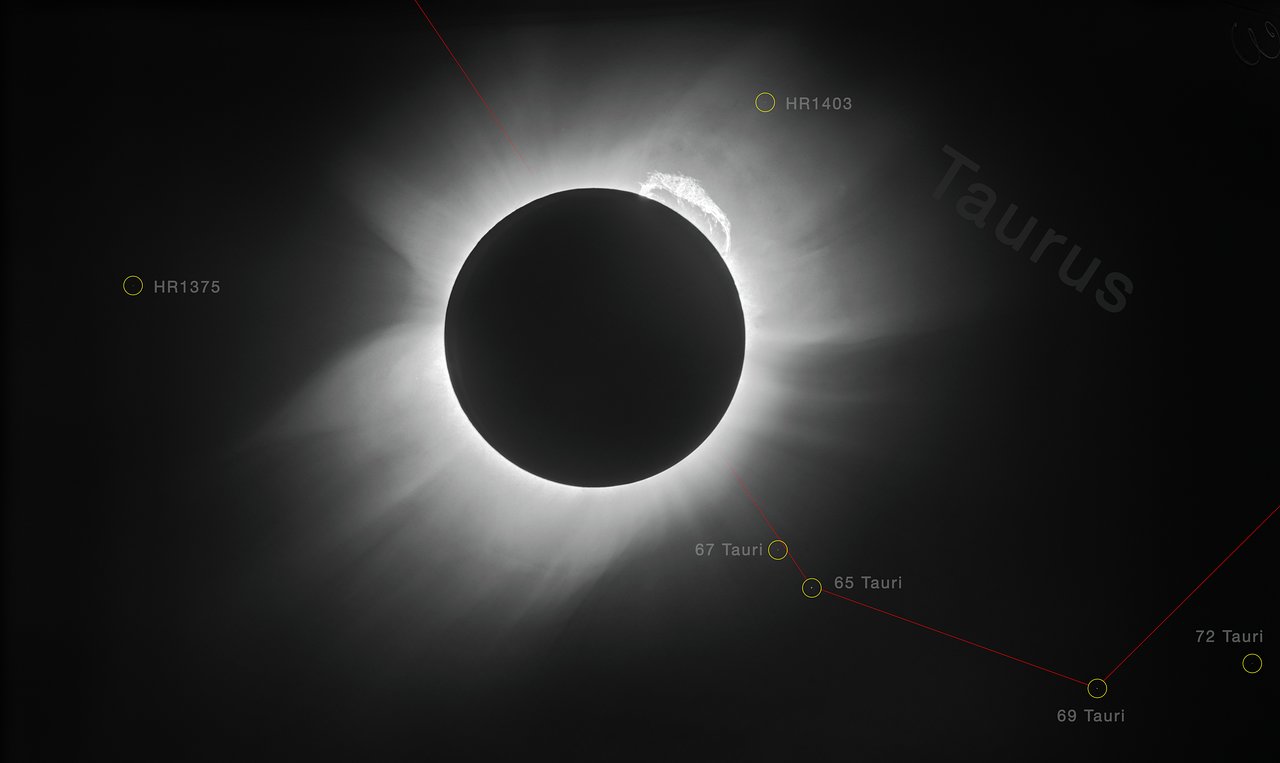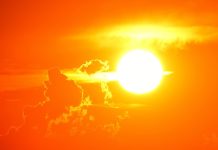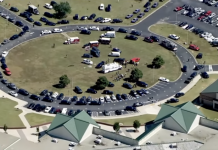
Da Redação
Parte da América do Sul e do Oceano Pacífico poderá observar, a partir das 16h48 de hoje um dos fenômenos mais interessantes da astronomia: o eclipse total do Sol. O fenômeno ocorre quando a Lua fica entre a Terra e o Sol, ocultando total ou parcialmente a luz solar em uma faixa terrestre.
Uma peculiaridade tornará o evento ainda mais interessante e raro, este ano. A sombra projetada na Terra passará pelo observatório La Silla, no Chile – um dos mais importantes do mundo, localizado a uma altitude de 2,5 mil metros, livre da poluição visual produzida pelas luzes das cidades. A expectativa é que as imagens a serem produzidas da coroa solar ajudem a avançar os estudos sobre a atmosfera, ventos solares e forças gravitacionais, entre outros.
É a terceira vez em 50 anos que um eclipse passa por espaços com grades telescópios. Em 1961 ele passou pelo L’Observatoire de Haute-Provence, na França; e em 1991, em Mauna Kea, no Havaí.
“A observação e o registro de eclipses solares ainda hoje são importantes para o estudo da coroa solar, cujas características não são totalmente compreendidas e o comportamento é importante para prever o clima espacial. A ejeção de massa coronal em direção à Terra é um fenômeno que pode danificar nossas redes elétricas, telecomunicações e satélites”, explicou, por meio de nota, o pesquisador Eugênio Reis, do Observatório Nacional Eugênio Reis.
“Apesar de a coroa solar brilhar milhões de vezes menos do que a fotosfera solar, um eclipse total do Sol é uma ótima oportunidade para estudá-la”, disse.
No Brasil, o fenômeno poderá ser visto em alguns estados, mas apenas de forma parcial. O Observatório Nacional informa que os lugares com melhor visualização serão Porto Alegre, onde o sol terá 75% de sua área sombreada pela lua, a partir das 16h48; Florianópolis (60%, com início às 16h53), Curitiba (55%, com o eclips iniciando às 16h55), Campo Grande (46% – início às 16h56), São Paulo (46% – início às 17h), Rio de Janeiro (40% – início às 17h03).
Imagem: ESO / Landessternwarte Heidelberg-Königstuhl / F. W. Dyson, A. S. Eddington e C. Davidson – Fotos Públicas



























